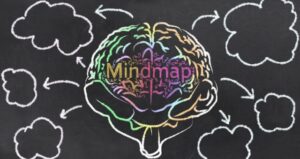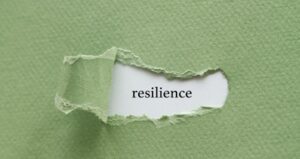
Using Mind Maps to Improve Assessment and Group Work
In our small language department, we each teach a different foreign language (Chinese, French, German, and Spanish), but we share the core learning goal of


In our small language department, we each teach a different foreign language (Chinese, French, German, and Spanish), but we share the core learning goal of

This article is Part 2 of The Importance of a Good Bedside Manner for Doctors Teachers. It is recommended to first read Part 1. The

Responding to the demands of remote teaching and assessment during COVID, instructors learned to adapt their practices and become more creative and flexible in their
“So, what does that mean—’I need to provide more scaffolding’?” a teacher asked, with frustration in his voice. He was just back from a peer review debrief. “Maybe that’s more a suggestion than a criticism,” I offered. “Okay, but what do I do to provide more scaffolding?” he asked.
Since Barr and Tagg introduced the concept of the instructional versus the learner-centered paradigms in 1995, higher education institutions across the country have adopted the concept in one form or another in an attempt to create learning environments that respond both to the changing profile of our students and recent research on learning with the ultimate goal of improving student success.
It will probably not shock any instructor to learn that students cram for exams. What may be a bit surprising is the percentage of students who do: somewhere between 25 percent and 50 percent, depending on the study. In the research reported in the article referenced below, approximately 45 percent of students admitted to cramming.
Dr. Peter M. Saunders, director of Oregon State University’s Center for Teaching and Learning, has heard the horror stories, and understands why faculty were hesitant to use clickers in the early years.
What we teach and how we teach it are inextricably linked. This special report helps you discover new ways to build strong connections between the two with strategies for engaging students, giving feedback, creating a climate for learning, and more.
We hear a great deal these days about “accountability” in the academy. Many states (including South Carolina, where I try my best to be a “responsible” college administrator) have some kind of state law mandating that public schools—and, in some cases, colleges—demonstrate that they are indeed “accountable.”
In their new book, Designing Effective Assessment: Principles and Profiles of Good Practice, Trudy Banta, Elizabeth Jones, and Karen Black provide assessment profiles from a wide variety of institutions and units. In advance of her online seminar titled Principles and Profiles of Good Practice in Assessment. Dr. Banta answered questions about the book and some of the topics she will discuss next week’s seminar.
Get exclusive access to programs, reports, podcast episodes, articles, and more!